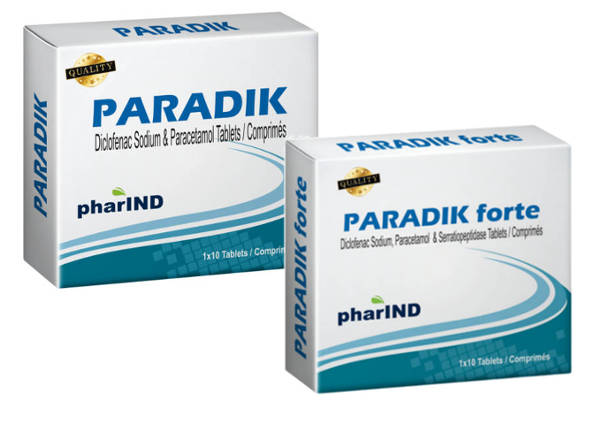Mechanism of Action
Diclofenac Sodium
Diclofenac sodium is a non-steroidal agent with marked analgesic / anti-inflammatory properties. It is an inhibitor of prostaglandin synthetase, (cyclo-oxygenase). Diclofenac sodium in vitro does not suppress proteoglycan biosynthesis in cartilage at concentrations equivalent to the concentrations reached in human beings.



